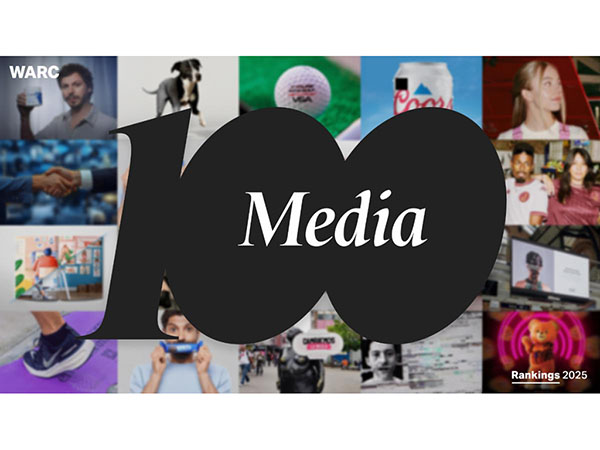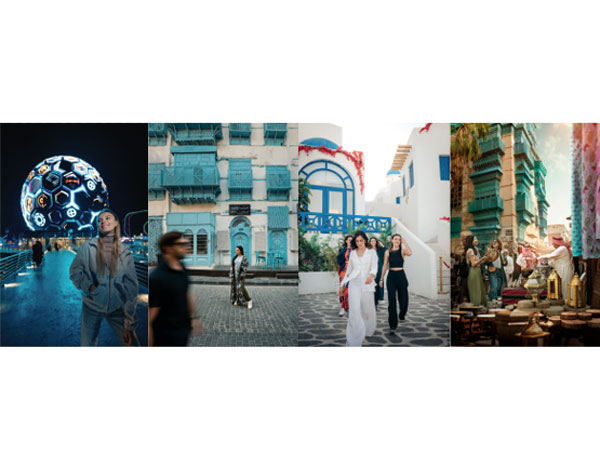Industry Talk
The Status of the Industry in Bahrain
by Nizar Abu Saab
June 12, 2014
.jpg) Advertisement
AdvertisementDespite Bahrain being one of the smallest countries in the Middle East that is dependent upon the country’s oil and aluminum industries, the country continues to grow steadily due to its flexible service sector. Stakeholders in Bahrain are turning to banking, retail, and tourism services – the latter category occupying a whopping 53% of the market – to strengthen and diversify the national economy. Although Bahrain enjoys comparable wealth and gains 60% of revenue from exported petroleum exports, the country is taking positive steps towards diversification and freeing itself economic dependence on the oil industry.
Let’s examine Bahrain’s approach to explore the tourism services sector in order to diversify government revenue. Despite Bahrain’s balmy weather and sweeping sea views, the small Gulf nation hasn’t always been a hotspot for tourists. In recent years, Bahrain has come into its own not only as a vacation destination but as an important weekend locale for a jaunt for many visitors from the Gulf area, Saudi Arabia in particular. The Asia Cooperation Dialogue (ACD) predicts a major boost in tourism for Bahrain and neighboring countries over the next decade, in part due to a intra-regional approach that highlights the features and cultures of partner countries, a strategy that led to Manama being named the first-ever Asian Tourism City in 2013.
“They have a lot of performing arts and exhibitions,” notes ACD Secretary General Bundit Limschoon. “And at the same time, Bahrain also tries to promote the tourism industry of other countries.” A glance at the activities offered by Bahrain’s Ministry of Culture eliminates any doubts as to why this small nation is topping the charts in tourism revenue – music festivals, world-class art exhibitions, and lauded acting and dance troupes draw in crowds that are craving an international experience. Other events, like a programme on traditional Arabic coffee cafes and an exhibition of Korean national textiles and costumes, are in line with the intra-regional theme that highlights both local and partner country cultures.
An important note about the tourism services sector in Bahrain is that there is a 15% increase in population on top of Bahrain’s usual 1.4 million residents each weekend, thanks to a steady stream of approximately 700,000 short-stay Saudi visitors who cross the causeway monthly. These consumers are a good example of the kind of customer that economies like Bahrain need to draw in and retain in the long run, but how?
Social media may hands-down be the most important tool for holding onto customers over the course of a decade or more. A bit over 300,000 Bahrainis were using Facebook at the end of 2012, with a solid Internet penetration rate of 55% nationwide. Bahrain has an even more impressive connectivity score of 210%, measuring fixed and mobile phone lines. Taking into account the Bahrain’s impressive rate of Internet and mobile penetration coupled with social media use, new initiatives are being spearheaded to use social media to market the country’s tourism services abroad. As Bahrainis become more connected to and dependent upon digital and social media, government and businesses are reassessing marketing strategies to take these changes into account, a valuable opportunity to increase long-term customer retention.




.jpg)










